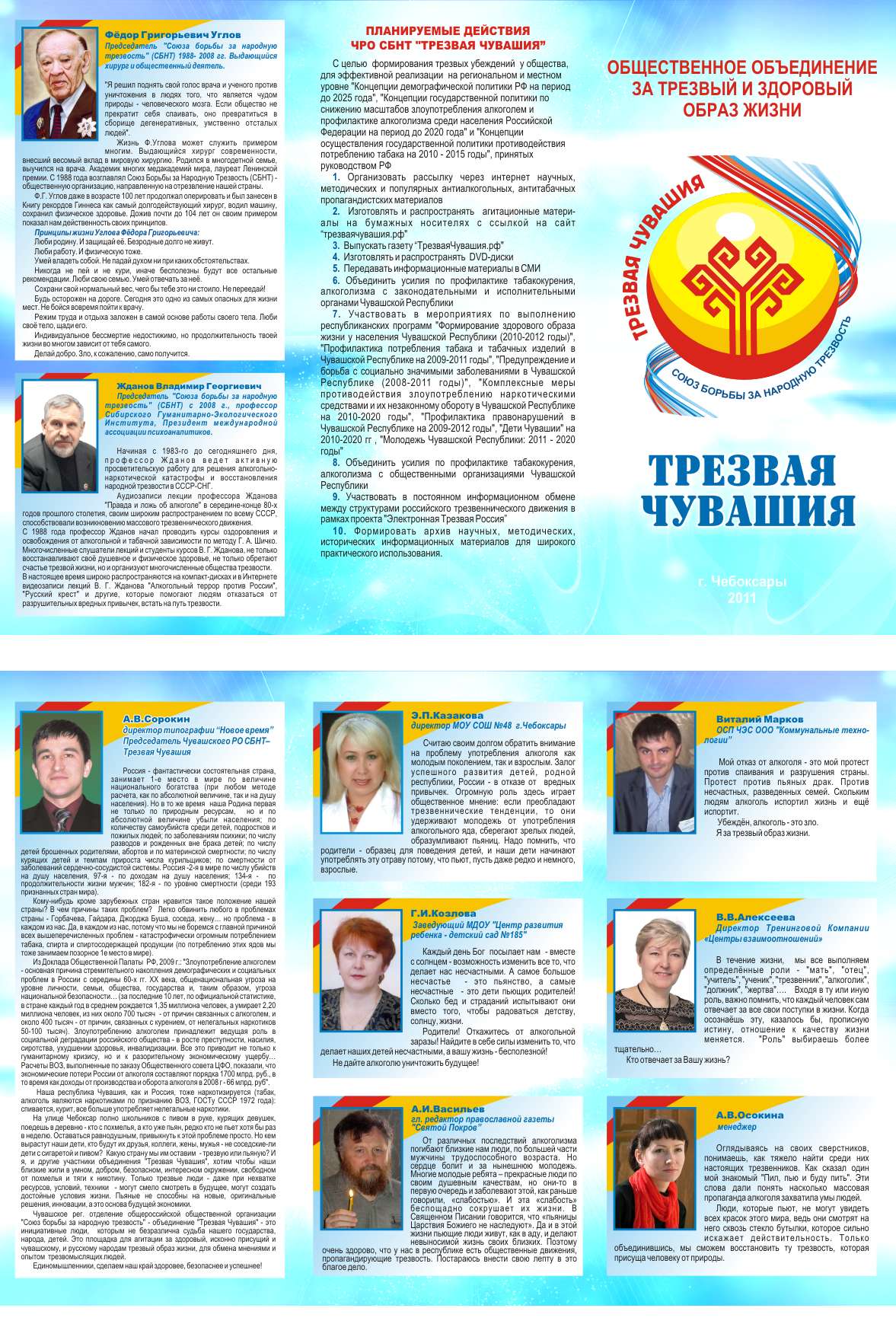
Buklet O Zdorovom Obraze Zhizni
5 5 /w/wp-content/themes/ElegantEstate/images/secondary-dropdown-bullet.png. 24 24 1 - /images/bullets.png 1.
Narodnaya Meditsina - sekret vashego zdorovya i dolgoletiya. Srazu dva Malahova vyshli na tropu voyny s samymi rasprostranennymi boleznyami.
Izvestnyy televedushchiy Andrey Malahov o6suzhdaet so znamenitym znatokom netraditsionnoy meditsiny Gennadiem Malahovym retsepty lechebnyh nastoek, metody ozdorovleniya i narodnye sovety. Blestyashchiy soyuz avtora mnozhestva knig o zdorovom obraze zhizni i yarkogo erudirovannogo televedushchego deystvuet po printsipu 'Ne navredi'. Temy Diska: 1. Programma: Golodayu, chtoby zhit(golodanie dlya zdorovya) 2.
Programma: Kak pobedit muzhskoe bessilie (vosstanovlenie potentsii). Free filemaker password recovery. Programma: Kak pobedit tyagu k spirtnomu. Programma: Zdorovyy son (kak pravilno zasypat i izbavitsya ot hrapa).
Light travels through space at! This staggering speed is used to calculate astronomical distances; although often misinterpreted as a unit of time (due to its misleading name), a light-year is actually a unit of astronomical distance, and is defined as the distance that light travels in a year. For reference, this is around but it’s a little tricky to visualise! With this in mind, 15 000 light-years may sound like a truly huge distance, but compared to the vastness of the cosmos, it’s really quite nearby. In fact, an object sitting 15 000 light-years away would not even be outside our home galaxy, the Milky Way.
This is roughly the distance between us and a young known as Westerlund 1, home to one of the largest stars ever discovered. Stars are classified according to their, surface temperature, and luminosity.
While studying and classifying the cluster’s constituent stars, astronomers discovered that Westerlund 1 is home to one of the largest stars ever discovered, originally named. It is a (although sometimes classified as a ) with a radius over 1500 times that of our Sun. If Westerlund 1-26 were placed where our Sun is in our Solar System, it would extend out beyond the orbit of.
Most of Westerlund 1’s stars are thought to have formed in the same burst of activity, meaning that they have similar ages and compositions. The cluster is relatively young in astronomical terms — at around three million years old it is a baby compared to our own Sun, which is some 4.6 billion years old.